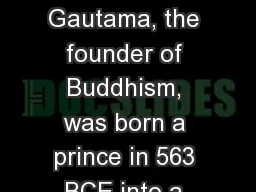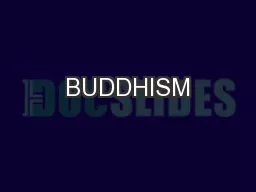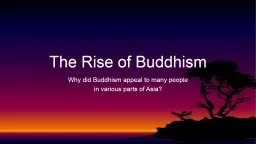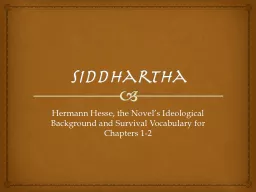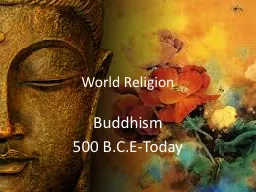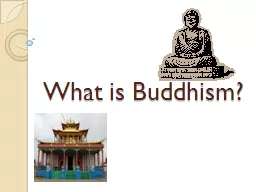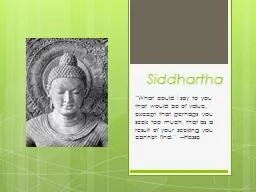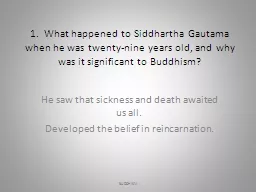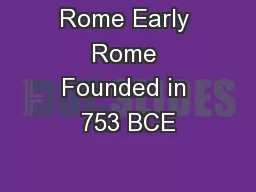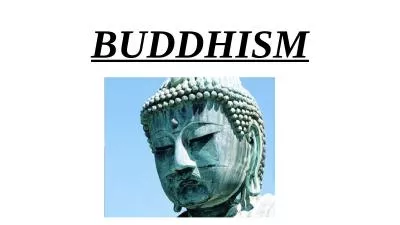PPT-Buddhism Siddhartha Gautama, the founder of Buddhism, was born a prince in 563 BCE into
Author : tatyana-admore | Published Date : 2018-11-01
He lived a sheltered life never leaving the palace compound At the age 25 he became curious about world outside of the palace and he went on a journey He saw 4
Presentation Embed Code
Download Presentation
Download Presentation The PPT/PDF document "Buddhism Siddhartha Gautama, the founder..." is the property of its rightful owner. Permission is granted to download and print the materials on this website for personal, non-commercial use only, and to display it on your personal computer provided you do not modify the materials and that you retain all copyright notices contained in the materials. By downloading content from our website, you accept the terms of this agreement.
Buddhism Siddhartha Gautama, the founder of Buddhism, was born a prince in 563 BCE into: Transcript
Download Rules Of Document
"Buddhism Siddhartha Gautama, the founder of Buddhism, was born a prince in 563 BCE into"The content belongs to its owner. You may download and print it for personal use, without modification, and keep all copyright notices. By downloading, you agree to these terms.
Related Documents

